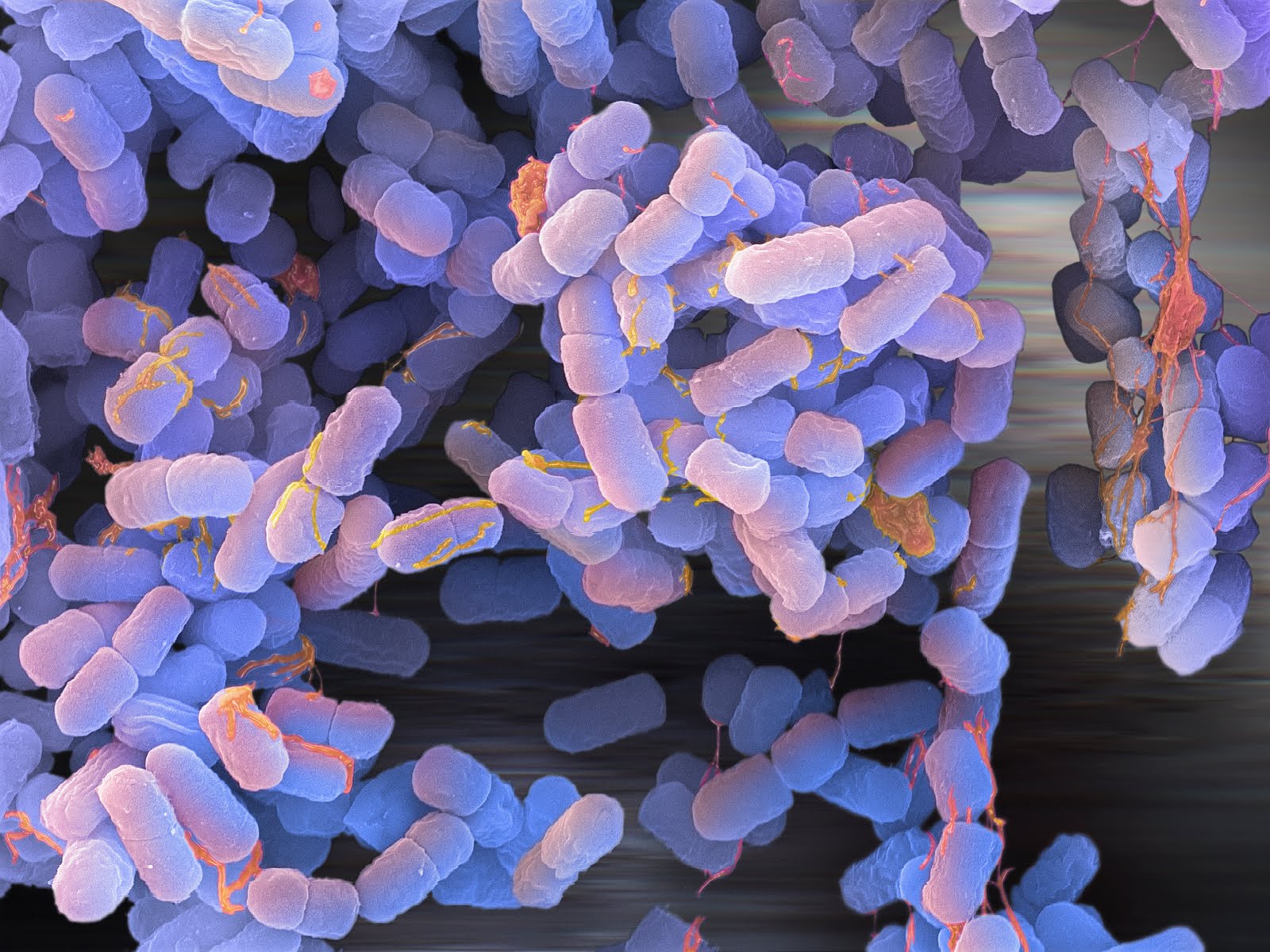Lenski’s E. Coli Grow “New Legs”

Lenski’s high-profile E. coli research represents an iconic case of experimental evolution. In Discover Magazine, Carl Zimmer chronicles this decades-long study of E. coli, in which hundreds of thousands of generations have produced hundreds of different mutations. What results is a near-cinematic record of evolution in action, observable under a common microscope.
From the article:
“It’s remarkable how this experiment contains many elements of evolution that scientists have noted in other species. It’s common for genes to get duplicated, and for the new copy to be rewired for a new job. Snake venom, to pick one example, also evolved when genes were accidentally copied and then rewired. A gene that originally produced a digestive enzyme in the pancreas, for instance, now started making that enzyme in a snake’s mouth. It turned out to be a crude but effective venom. Later mutations fine-tuned the new venom gene until it became wickedly good.”
External link: The Birth of the New, The Rewiring of the Old


Comments